By Alyse Kiara Deatherage
Mt. San Jacinto College invited author DW Duke, activist Margeaux Gray, and Human Trafficking subject matter expert Anne Michelle Ellis to speak about what human trafficking is, what common forms it takes, and how it can be spotted in the MSJC Black Box Theatre on Feb. 25.
This event was sponsored by MSJC’s Diversity Committee and had a full house, with staff members pulling in an extra three rows of chairs to fit students and community members who were standing along the walls of the room.
DW Duke has long studied the historical background of human trafficking, and took the audience through dates and court cases as far as back as the enslavement of African American’s in the United States.
Duke stated that his main point in disclosing this history was that slavery then required immense legislative change and the same applies to this “new form” of slavery, human trafficking.
“Human trafficking is really slavery,” said Duke. “A new form of slavery designed to adapt to our world.”
He ended his presentation on the note that it takes real people caring and seeing the need for change in order to enact it.
“Slavery ended because people believed it could end,” said Duke. “It was the empathy that these people had that ultimately brought an end to slavery in the states.”
Margeaux Gray spoke second, and her story quickly had the audience in tears. Gray shared that she had decided to become an activist and speak on this issue because of her own experience with being sex trafficked from the age of 5.

Gray expressed that her family did not know the signs of human trafficking, and for this they and she suffered. Some of the red flags she mentioned include (though are not limited to): reoccurring vaginal problems; trouble staying focused on subjects in school; saying she was sick often, which lead to Gray missing most of the fourth grade; and constant physical sickness and depression, which together led to an eventual eating disorder that further led to loss of vision from not getting essential nutrients in Gray’s case.
When Child Protective Services (CPS) got involved in the issue, when Gray was about 12 years old, she was threatened by her trafficker and told to stay quiet.
Gray wished that the CPS officer had been trained better on how to address the issue and wished her family knew what signs to look for. She emphasized that spotting the signs and knowing how to go about the conversation are key to helping someone who is being trafficked.
“Trust is earned, not given, and she [Gray’s mother] came in expecting trust,” said Gray when speaking about why the conversation with her mother did not go well.
Gray eventually became comfortable enough with two nurses she met later to disclose the truth about what she’d been going through. In 2015, she publicly spoke about the experience for the first time.
She shared, though, that telling people about her trauma was not enough to help heal her. She attempted suicide, but decided that she did not want to die.
“I decided I didn’t want to die, I wanted my pain to go away,” said Gray.
After this, she began sharing her story and her beliefs about the importance of knowing and spotting the signs of trafficking, staying educated on the different kinds of trafficking, and knowing how to help.
“Healing centered engagement, rooted in culture, holistic, asset driven,” were the key points of how to help trafficking victims, said Gray.
Anne-Michelle Ellis was the final presenter for this event. She started off her presentation by defining the two most common types of trafficking: labor and sex.

“The recruitment, harboring, transportation, provision, or obtaining of a person for labor services, through the use of force, fraud or coercion for the purpose of subjection to involuntary servitude,” was the definition of labor trafficking, as shown in Ellis’s PowerPoint.
“The recruitment, harboring, transportation, providing or obtaining of a person for a commercial sex act in which the sex act is induced by force, fraud or coercion or in which the person induced to perform such an act has not attained 18 years of age,” was the definition of sex trafficking, as shown in Ellis’s PowerPoint.
Ellis emphasized that both were similar in language and that transportation was not a necessity for either, something she believes many people have a misconception about when it comes to human trafficking.
Ellis showed videos and utilized a PowerPoint to emphasize some of the people who are targeted for human trafficking and how. Her examples of common traits for targeted victims included (though were not limited to): peoples with a history of sexual, emotional, or physical abuse; common vaginal problems or STI/STD’s; drug/alcohol use or abuse; common school absence; frequent older boyfriends, girlfriends, or partners; and gang involvement.
Like Gray, Ellis emphasized that knowing what signs to look for in targets and in victims is an essential factor in helping stop and prevent human trafficking. In addition, Ellis advised staying educated on issues happening in the areas nearest to a person to continually remain aware of how close and common human trafficking is.
If someone is in immediate danger, 911 is always the first point of contact. If not, Ellis suggested calling the National Human Trafficking Hotline at 888-373-7888. Ellis suggested using the national hotline because they will give the information to your local Task Force and be able to track patterns in traffickers since they often move around.





























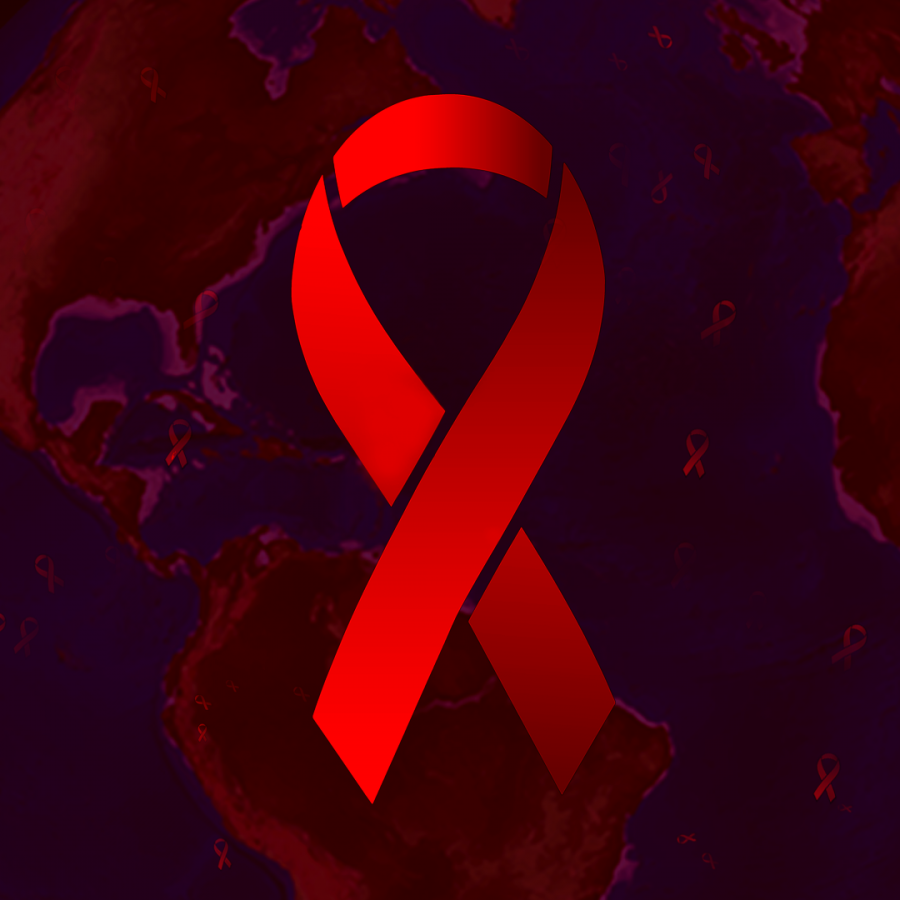


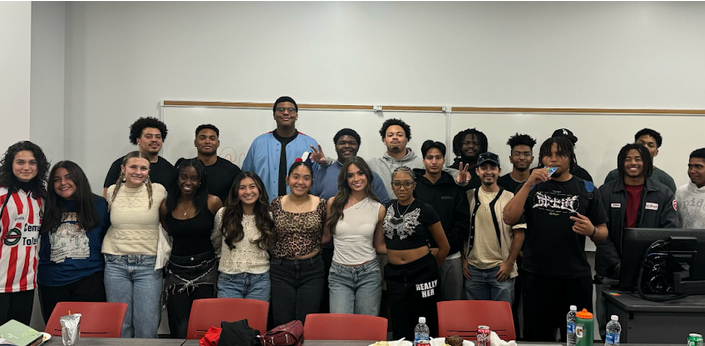





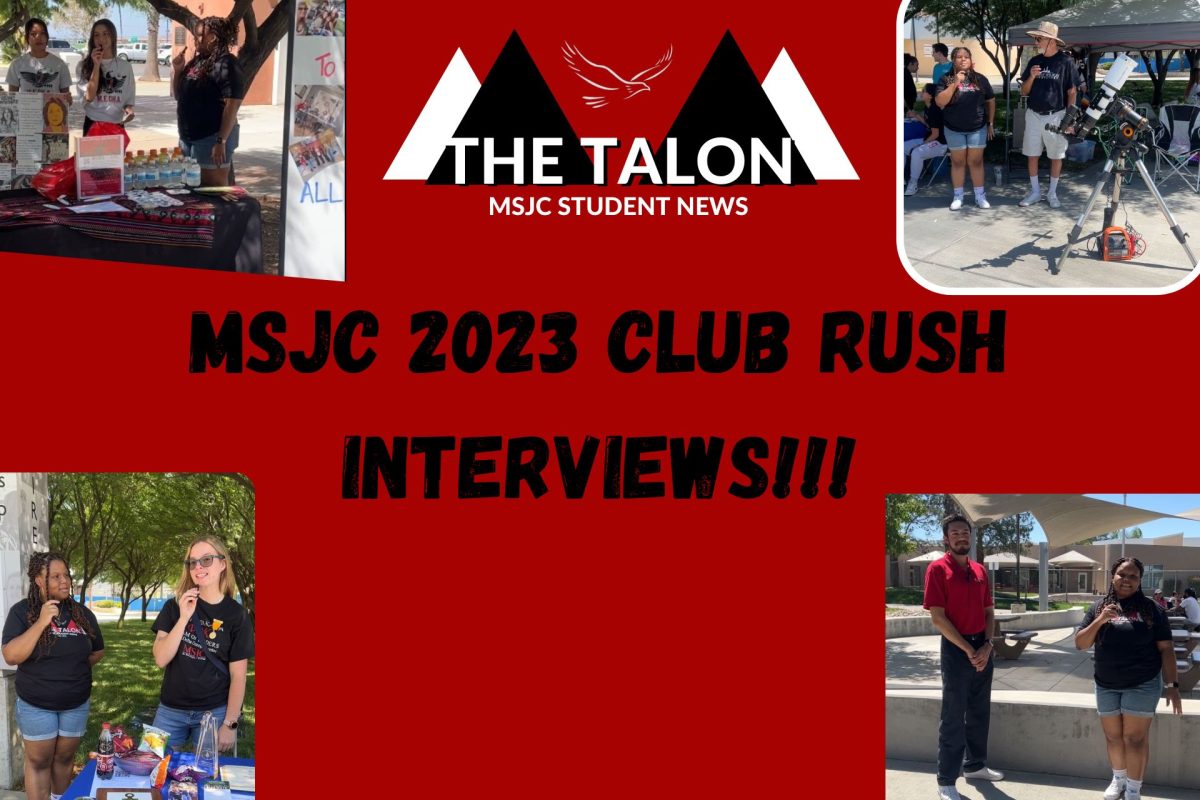
























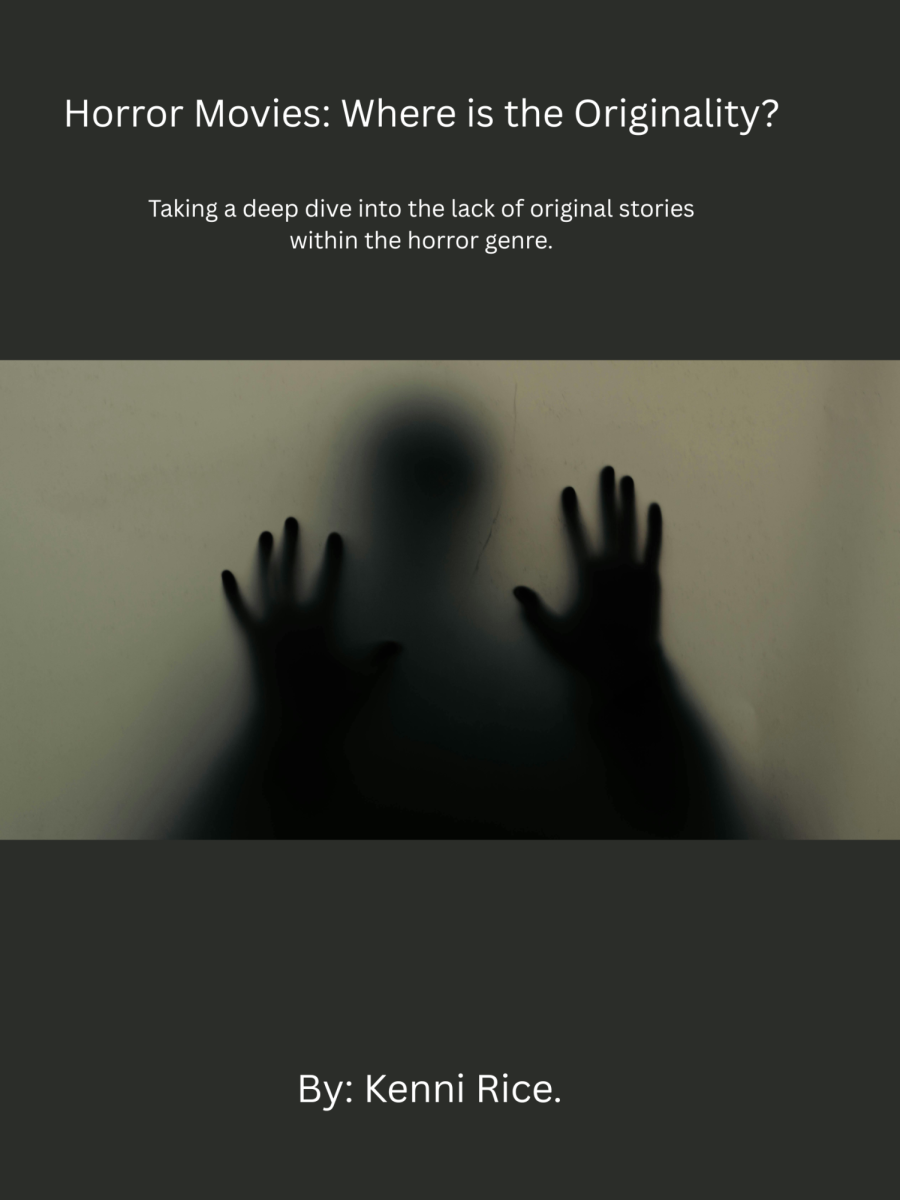









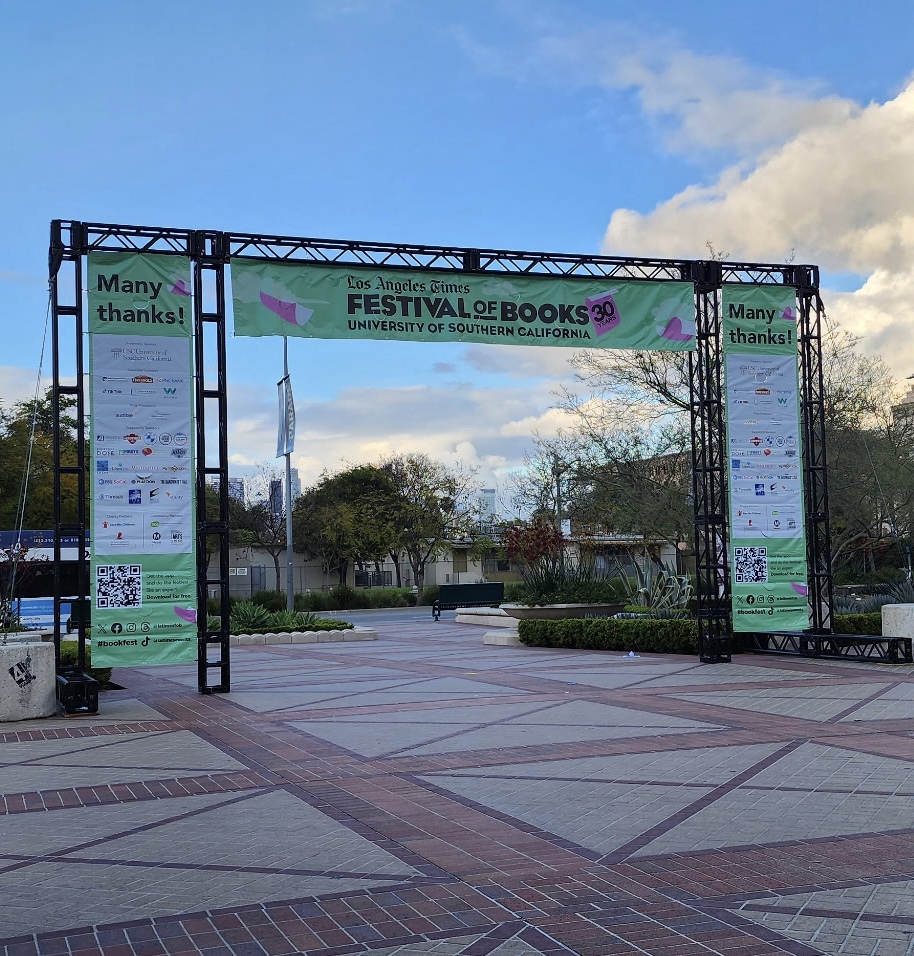

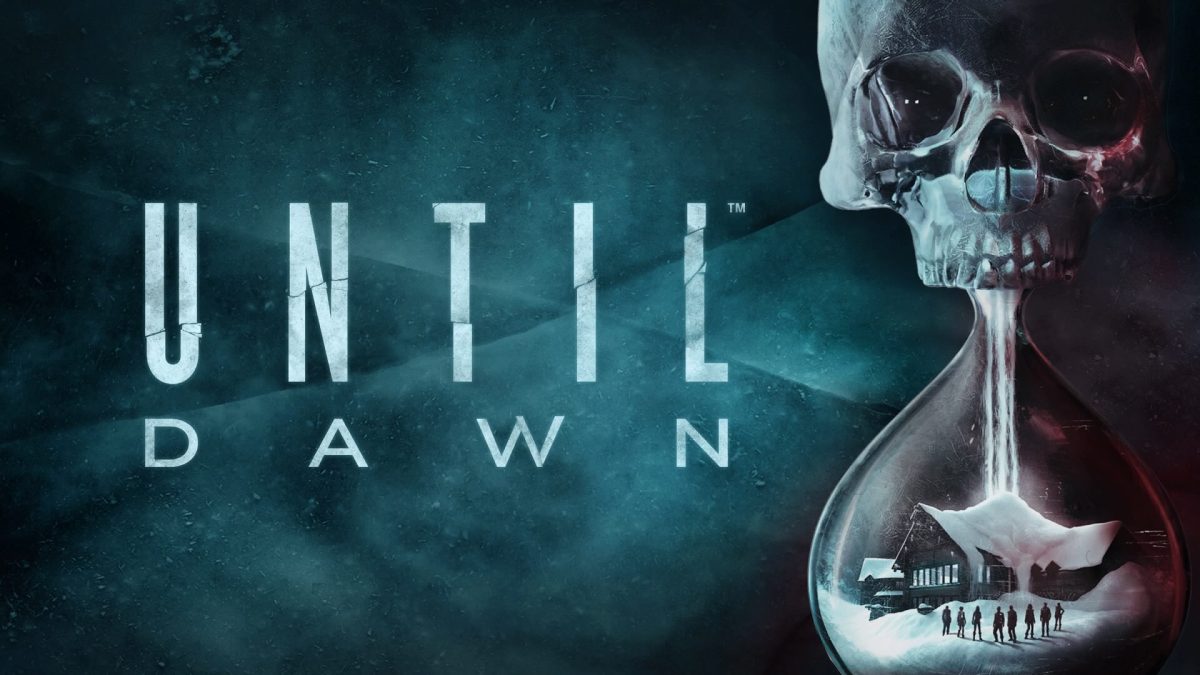













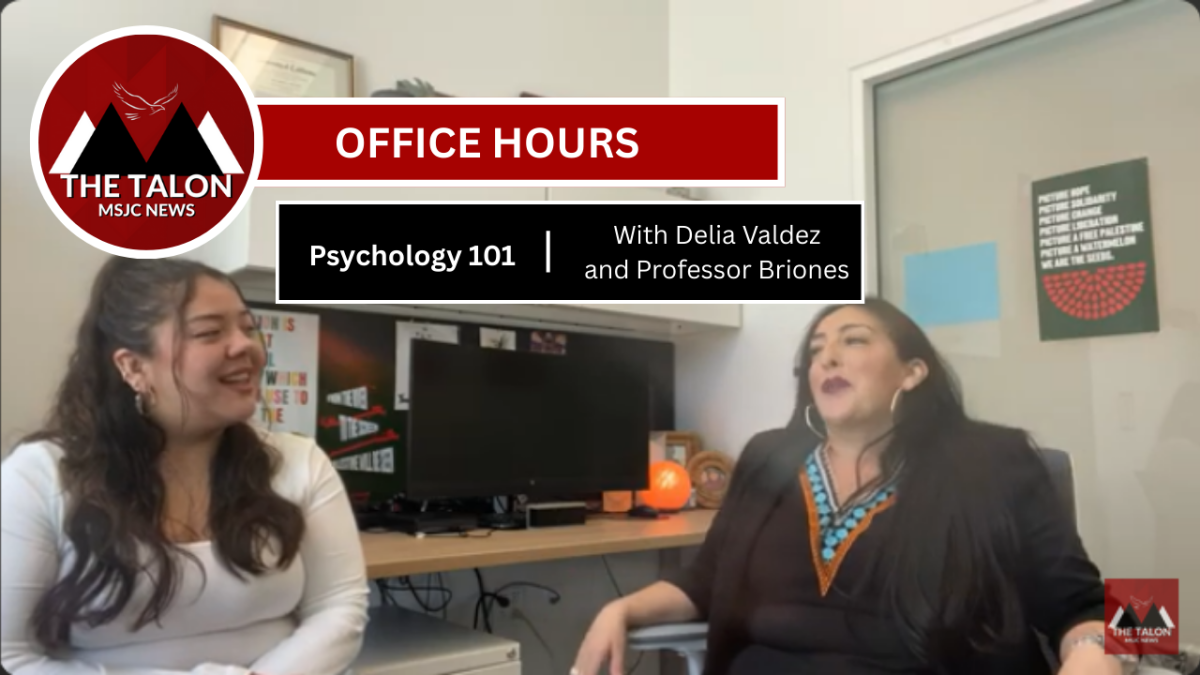














Vera Stamenkovic • Apr 21, 2020 at 3:17 pm
Thank you for covering the horrific yet very real topic of human trafficking .
Vera Stamenkovic
The Talon • Apr 22, 2020 at 9:19 am
Thank you for reading and commenting, being informed and educated is what our school strives for. It might not be the news we want to hear, but the news needs to be heard.